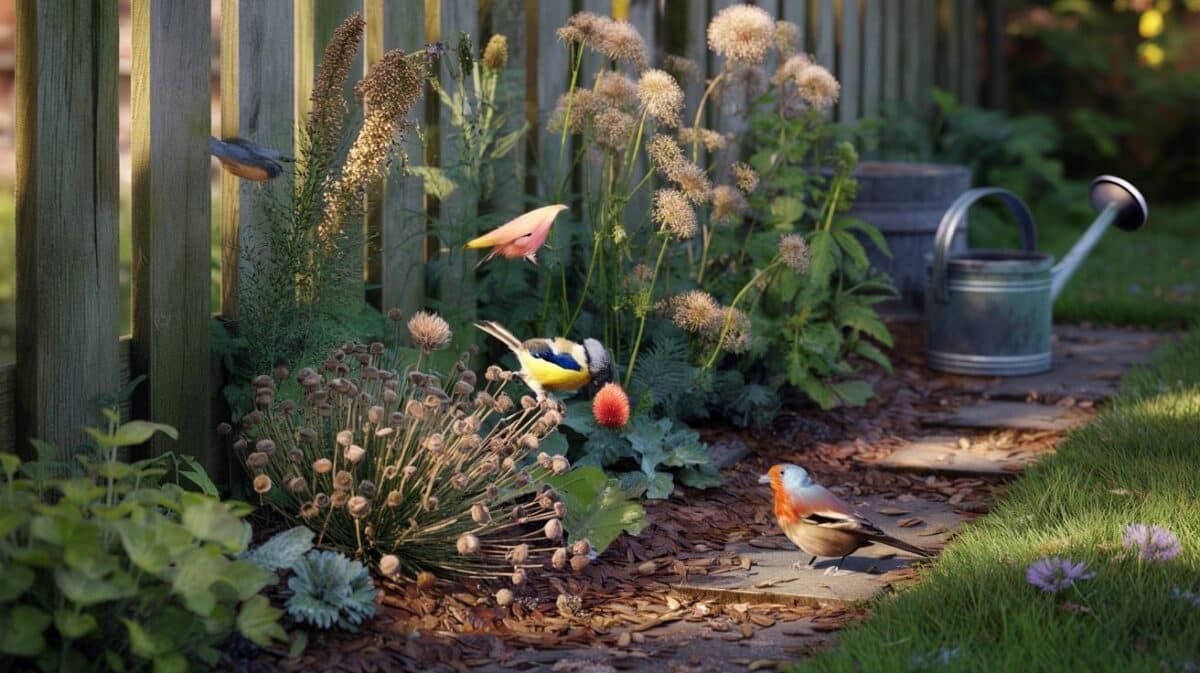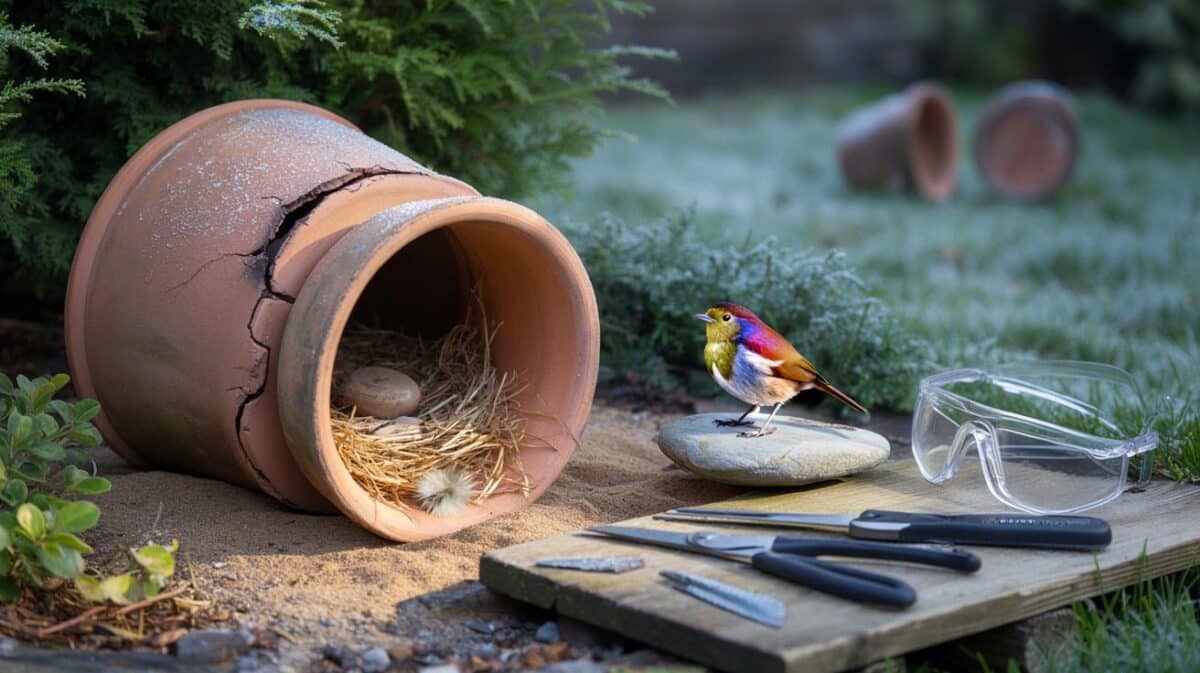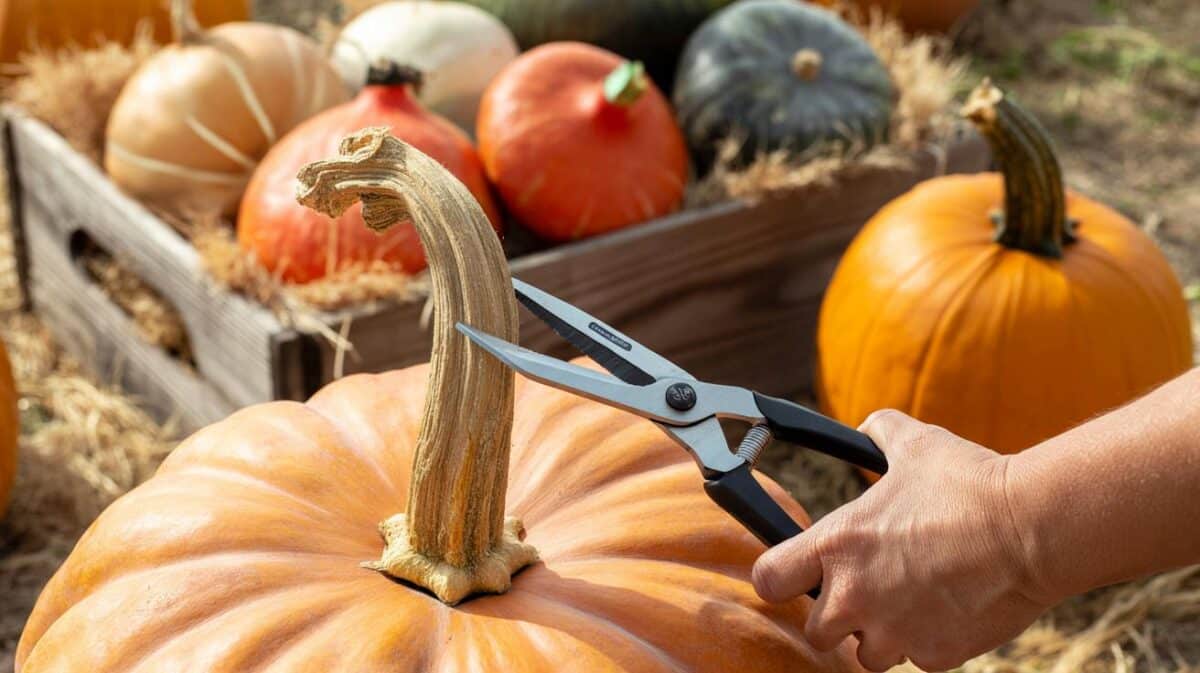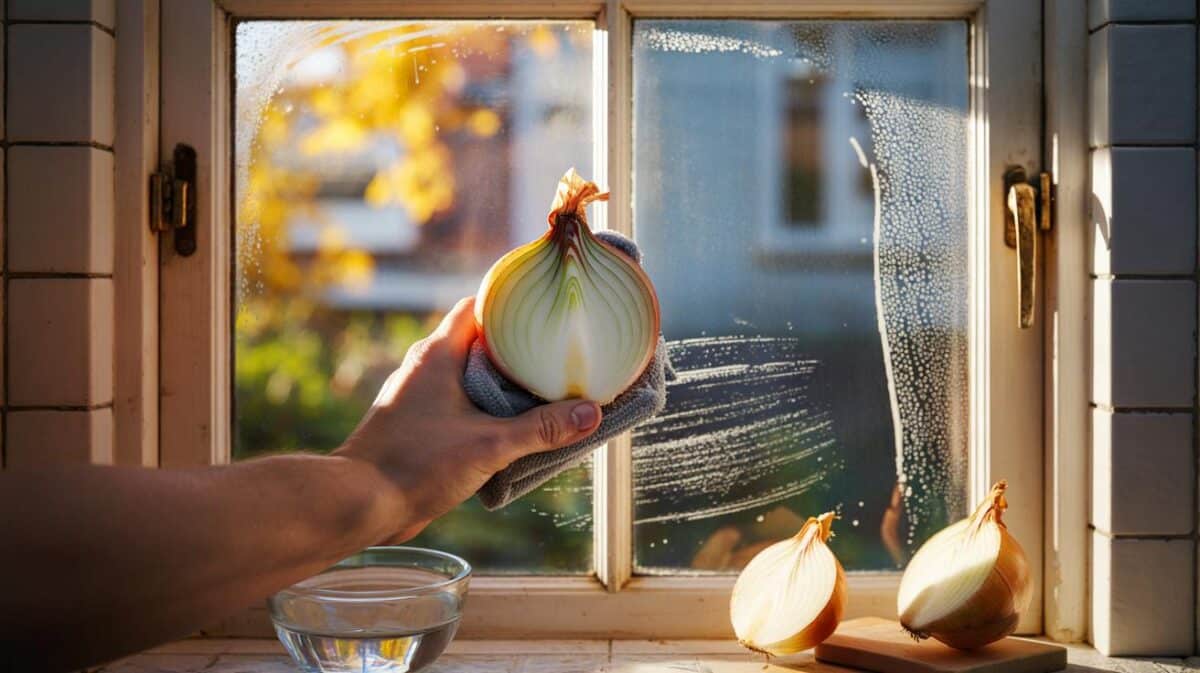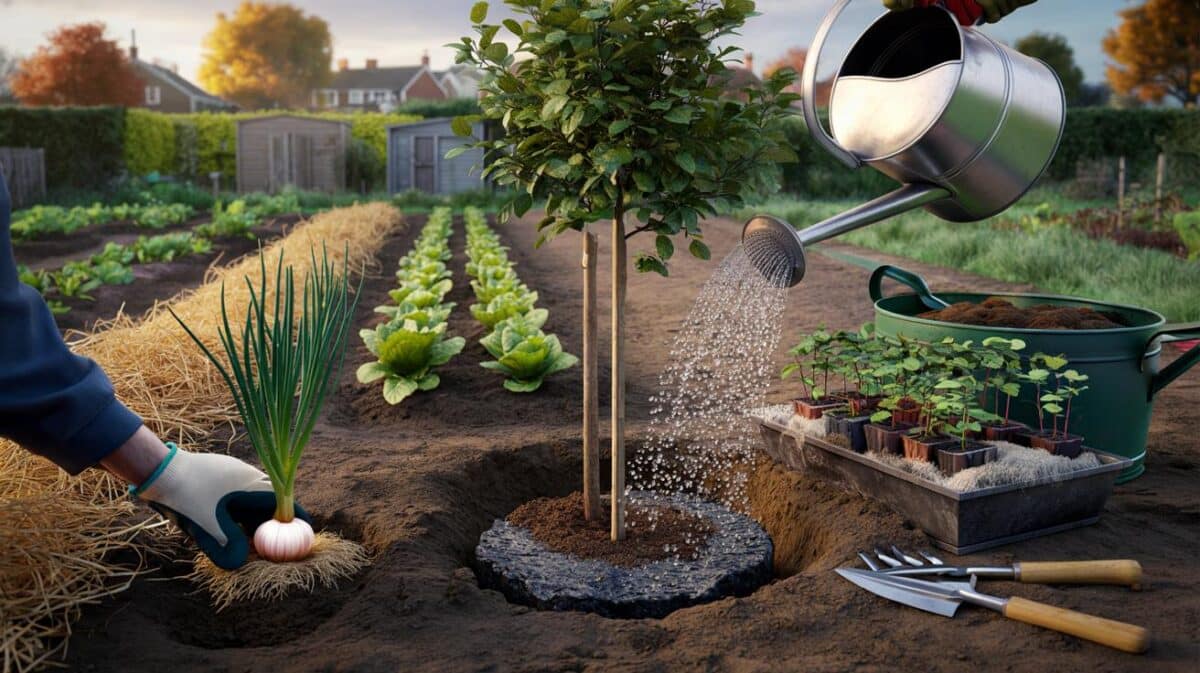Design insiders say the money-saving move this season isn’t a sprint to the flat-pack aisle. It’s a measured turn to second-hand finds that look better, last longer and cost less. The draw is clear: character, craft and conscience, without the showroom price tag.
Why second-hand is beating flat-pack on price and personality
Rising bills have pushed many households to rethink purchases that date quickly. Rather than rolling out the same catalogue look as the neighbours, owners are mixing pre-loved furniture and lighting with a few sharp modern touches. The result feels warmer, more individual and easier on the wallet.
You can kit out a living room for under £300 with character-rich pieces — if you know where to look and what to tweak.
Uniqueness you can see and feel
Mid-century teak sideboards, opaline glass lamps and café chairs with years of gentle wear carry visual depth that new boards and laminates struggle to imitate. Patina softens a room, especially in autumn light. A single vintage statement, like a low credenza or gilt mirror, anchors a space and gives even basic sofas a considered frame.
Smaller bills, bigger gains
Because you’re not paying for brand-new manufacturing, you often save 40–70% compared with similar new items from mid-range retailers, depending on condition and material. A battered pine table at £40 can take stain like a dream and look £300 dearer after one weekend of sanding and oil. Seasonal refreshes — cushions, shades, vases — can come in under £50 if you hunt patiently.
Ethics that match the mood
Pre-loved pieces keep timber, metal and textiles in use. Less waste, fewer deliveries, more stories. That aligns with the urge to make homes calmer and more responsible as the weather cools and staying in becomes the plan rather than the compromise.
The pro playbook: make old look sharp, not shabby
Designers warn against hoarding and mismatched clutter. The trick is to edit. Choose one or two vintage heroes per room, then support them with clean-lined modern lighting, rugs and storage so the space reads intentional, not improvised.
Blend eras for balance
A curved 1960s armchair tucks neatly beside a lean metal floor lamp. A scandi rug calms a busy Victorian sideboard. Graphic lampshades freshen dark wood. This pivot — warm, tactile vintage framed by contemporary clarity — adds energy when daylight falls away.
Seven smart second-hand swaps to try this week
- Trade a new TV unit (often £120–£250) for a mid-century sideboard (£60–£140). Tip: drill a neat cable grommet at the back.
- Swap flat-pack dining chairs (£40–£80 each) for café bistro sets (£15–£40 each). Tip: refit with felt pads and a quick wax.
- Replace a new coffee table (£90–£180) with a trunk or chest (£30–£90). Tip: add castors and a glass top for polish.
- Choose a vintage lamp base (£10–£35) over a budget new lamp (£25–£60). Tip: rewire with a fabric flex and new shade.
- Pick a wool blanket (£15–£30) from a charity shop instead of a polyester throw (£20–£40). Tip: launder on a cool wool cycle.
- Buy a solid pine chest (£40–£80) rather than a chipboard unit (£70–£120). Tip: fit new knobs and paint the carcass.
- Go for a framed print or oil study (£10–£50) instead of mass art (£25–£70). Tip: regroup pictures salon-style for impact.
Buy the form you love — colour, handles, shade or fabric can always change. Structure first, cosmetics later.
Where to find the good stuff without the guesswork
Car-boot sales and community jumble trails remain reliable, particularly on dry weekend mornings. Charity shops turn over stock midweek. House-clearance depots and reuse centres often reveal the best raw materials. Online marketplaces widen the net for anyone outside big cities. Before you hand over cash, check joints, look for woodworm holes, sniff for damp, and measure twice. Favour solid wood, real veneer, wool, linen, and metal. Avoid warped boards and crumbly chipboard near sinks and radiators.
Guide prices and easy upgrades
These guide ranges vary by region and condition, yet they show how far a sensible budget can go. Add simple upgrades to push results from “nice find” to “keeper”.
| Item | Typical new price (£) | Second-hand guide (£) | Easy upgrade steps |
|---|---|---|---|
| Teak sideboard | 220–450 | 60–140 | Clean with white spirit, feed with oil, add discreet cable port |
| Pine chest of drawers | 120–220 | 40–90 | Sand top, satin paint body, fit solid brass or ceramic knobs |
| Armchair | 180–400 | 50–150 | New foam seat, fresh cover or throw, tighten fixings |
| Table lamp | 30–80 | 10–35 | Rewire kit, new linen shade, warm LED bulb |
| Coffee table | 90–180 | 30–90 | Strip varnish, matt oil finish, add glide feet |
From trend to mindset: the rise of slow decorating
Once you stop treating rooms like a one-weekend project, the pressure falls away. Slow decorating builds a home in layers: one solid piece, one small fix, one bold colour, repeated over seasons. Second-hand suits that rhythm. You buy quality when it appears, not when a sale banner shouts.
There’s a practical upside. Learning to strip, fill, sand and finish becomes part of the hobby. That skill lifts the ceiling on what you can bring home. An ugly varnish is a weekend task, not a deal-breaker. A wobbly leg takes five minutes with a dowel and glue. Small wins compound into a home that feels collected rather than assembled.
How to avoid common mistakes
- Don’t over-collect. If a new piece comes in, plan where it lives or what it replaces.
- Keep a palette. Two or three core colours hold mismatched finds together.
- Mind scale. Measure doorways, lifts and corners before bidding on that cabinet.
- Test seating. Sit, rock, lean. Comfort beats looks on anything you use daily.
- Set a ceiling. Decide a maximum bid for each item and stick to it.
What this shift means for you — and for the high street
Designers aren’t ditching big-box retailers entirely. They’re using them selectively for basics that vanish into the background: curtain tracks, bulbs, plain shelves. The showpieces now come from boot sales, reuse centres and family lofts. Shops are taking note, with more rental and “as-is” corners appearing next to brand-new ranges.
For households under pressure, the message lands as relief. A £250 room refresh is manageable when you shop slowly and choose materials with a future. You also gain freedom to change course. If a chair no longer suits, you can sell it on with little loss because the depreciation already happened once.
Two quick add-ons to stretch your gains
Terminology that helps: “vintage” often means 20–99 years old; “retro” means new but inspired by older styles; “antique” means 100 years or more. Knowing the words improves searches and stops you overpaying. Condition descriptors matter too: “solid”, “tight joints”, “no worm” are green flags.
Try a simple budget rule for the season: 60% on one quality anchor, 30% on useful mid-sized pieces, 10% on small accents or repairs. That split keeps the eye on long-term value and stops impulse buys from eating the pot. Over three months, that structure can turn £500 into a room that looks considered, feels cosy and tells your story without the copy-and-paste look.


